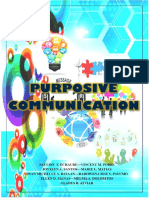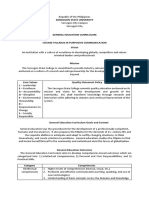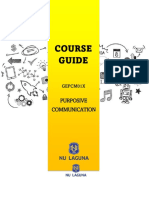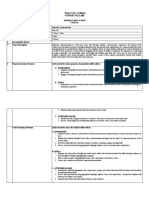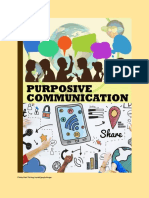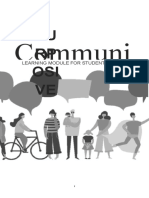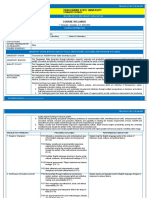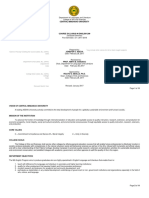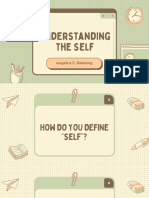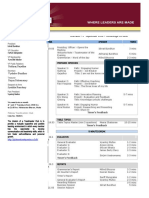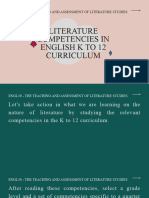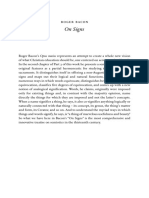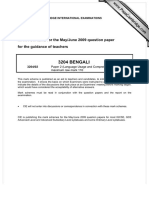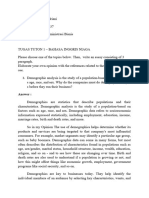0% found this document useful (0 votes)
135 views22 pages04 Course Syllabus
The document provides information on the Purposive Communication course offered at Bulacan State University, including:
1) The course code is PCM 101, is worth 3 credit units, and uses writing, speaking and presenting skills to communicate for various purposes.
2) The course aims to develop students' communicative competence, cultural awareness, and etiquette through multimodal tasks to effectively communicate to a multicultural audience.
3) The learning episodes cover topics like the varieties of world Englishes, standard and nonstandard Englishes, and the varieties and registers of spoken and written language.
Uploaded by
Johnrogel IlinganCopyright
© © All Rights Reserved
We take content rights seriously. If you suspect this is your content, claim it here.
Available Formats
Download as PDF, TXT or read online on Scribd
0% found this document useful (0 votes)
135 views22 pages04 Course Syllabus
The document provides information on the Purposive Communication course offered at Bulacan State University, including:
1) The course code is PCM 101, is worth 3 credit units, and uses writing, speaking and presenting skills to communicate for various purposes.
2) The course aims to develop students' communicative competence, cultural awareness, and etiquette through multimodal tasks to effectively communicate to a multicultural audience.
3) The learning episodes cover topics like the varieties of world Englishes, standard and nonstandard Englishes, and the varieties and registers of spoken and written language.
Uploaded by
Johnrogel IlinganCopyright
© © All Rights Reserved
We take content rights seriously. If you suspect this is your content, claim it here.
Available Formats
Download as PDF, TXT or read online on Scribd
/ 22



